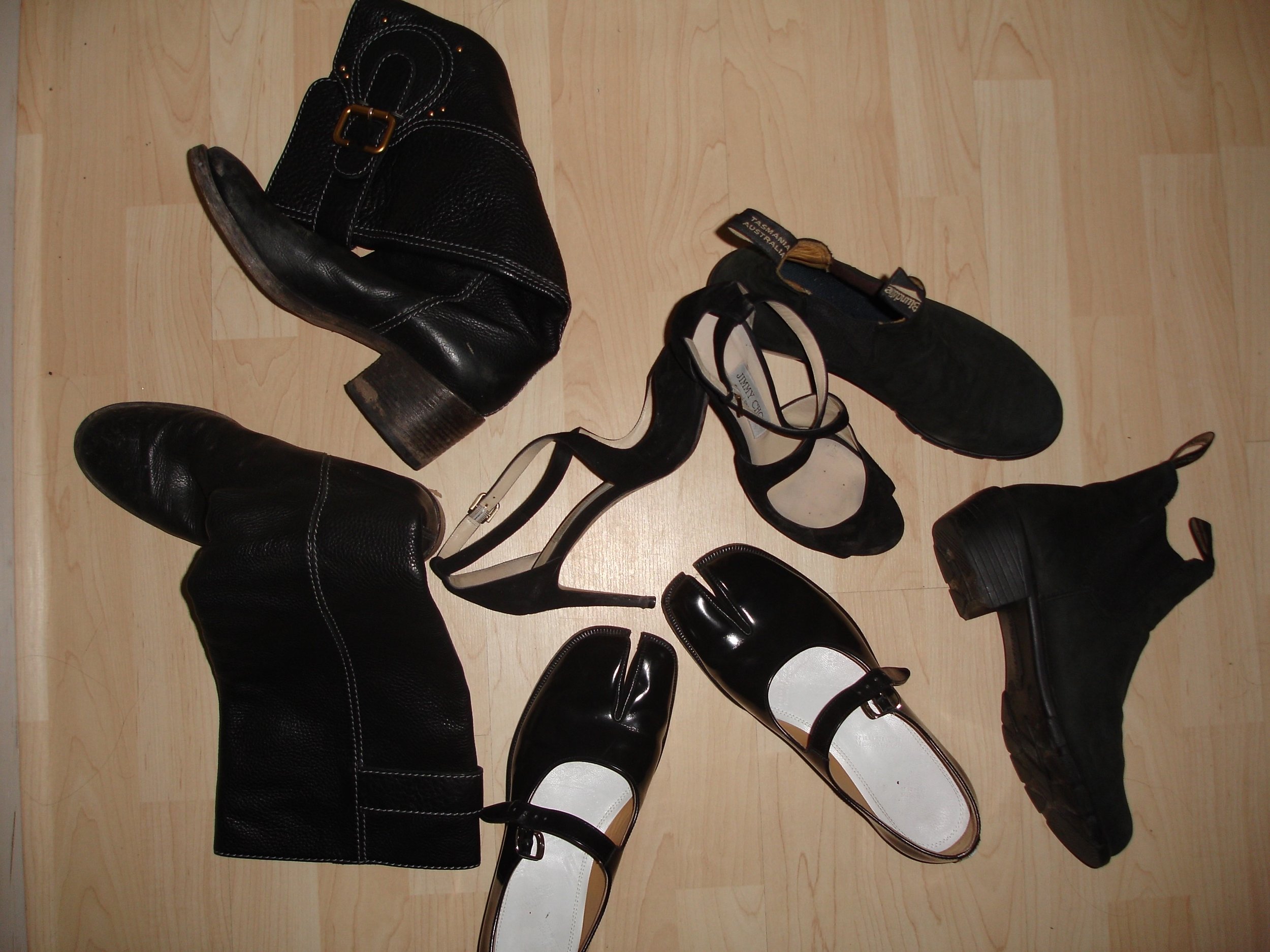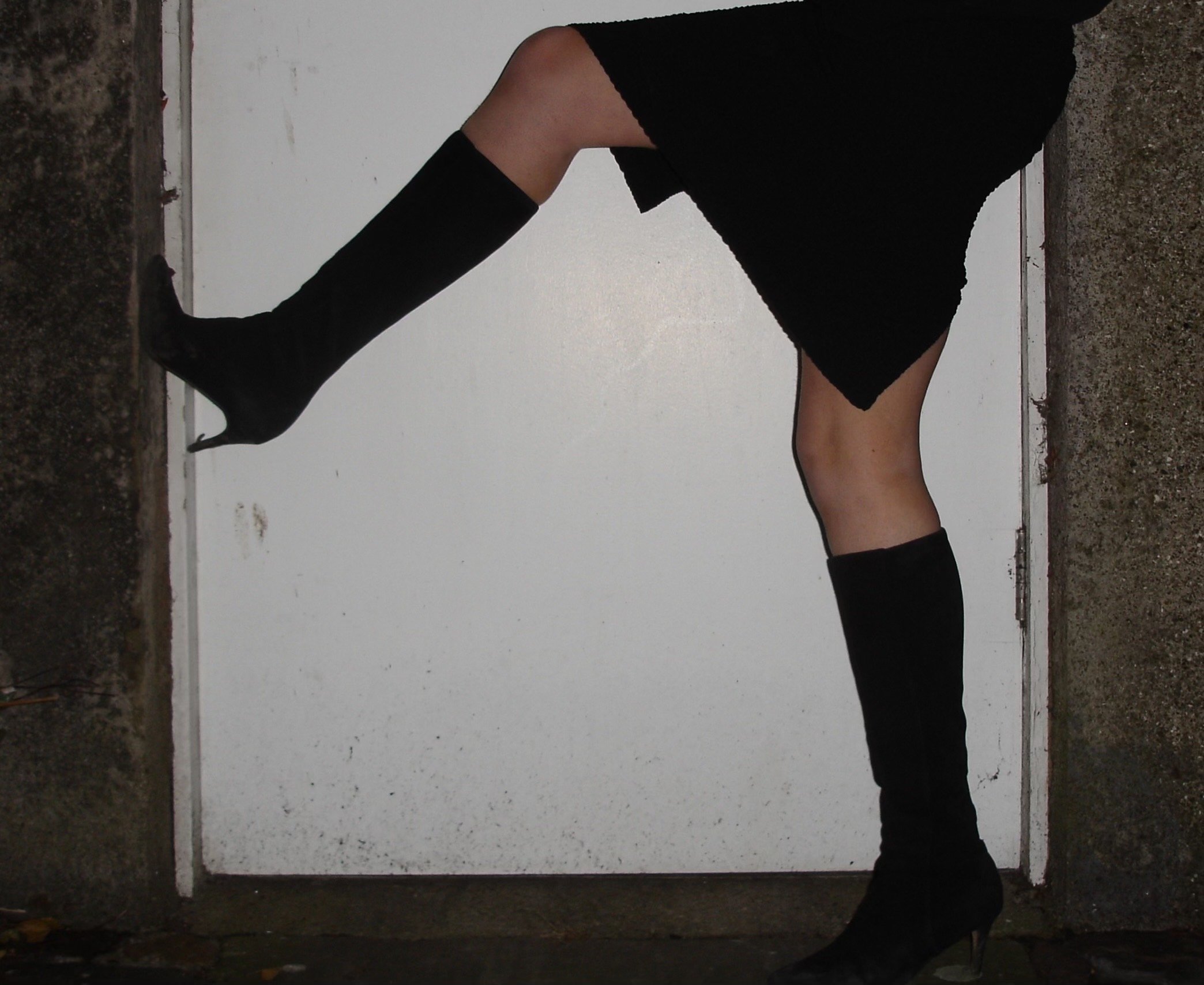Economy and Fashion
Inevitably, fashion reflects the world around us. What we wear is a direct result of everything from our wider cultural values to personal aesthetics. A less abstract influence is the economy. There’s a classic theory, known as the “hemline index,” which claims that when the economy is prosperous, skirts are shorter, while during times of economic instability, skirts are longer. For example, during the 1920s hemlines rose in tandem with the stock market until the Great Depression, when skirts and dresses got longer again. One possible explanation could be that the highs of good economic times result in a fun, raucous culture reflected in more revealing silhouettes. Another is that when people are comfortable they’ll not only buy a skirt, but also tights and shoes, which they’ll want to be able to show off and not hide behind a long hem.
Similar theories cite high heels and logomania as indicators of economic change. The high heel index refers to the effect of the economy on heel height, claiming that when the economy is struggling, heels are growing and when the economy is flourishing heels are shrinking. Likewise, luxury logos are more prevalent on clothes and accessories when the economy is doing well, often causing a frenzy of logomania. Less ostentatious pieces are more popular when the economy isn’t doing as well.
So, what can current trends tell us about the economic state of the world? “Quiet luxury” is overtaking everyone’s feeds, declaring obviously branded pieces to be “out”. Midi skirts were heavily featured in 2023 shows by fashion houses like Gucci, Miu Miu, and Saint Laurent and have made their way off of runways and onto streets in 2024. According to the logomania and hemline theories, both of these would suggest that the economy is struggling. However, kitten heels and ballet flats are also exploding in popularity. According to the high heel index, these shorter heels suggest that the economy may not be in dire shape after all. And in some ways, both may be true. It was no surprise when economies all over the world collapsed due to the high unemployment levels and high inflation rates caused by the COVID pandemic in 2020. The United States recovered quite well, with higher levels of employment in 2023 than in 2019, a retreating inflation rate, and a GDP 11.4% higher than its pre-pandemic level. Other G7 countries are also recovering, but at a slower rate. The United Kingdom and Japan have roughly a third of the GDP growth of the US, and Germany has only a 0.2% increase since 2019. So for many countries, the economy is neither prospering nor withering, it is still recovering.
However, it is worth noting that the hemline index has not been universally accepted. Critics claim that the theory is not concurrent with post-war trends, when longer skirts were seen as a symbol of abundance. Others suggest that although the hemline index and other theories are interesting observations, the economy alone is not responsible for consumer wants or trends and other factors must be taken into account as well. But isn’t it just so much fun to think that your mini skirt can actually reveal more about the state of the economy than the boy at the pub droning on about why we can’t just print more money?
Sources:
https://www.vogue.co.uk/article/knee-length-skirt-trend
https://commonslibrary.parliament.uk/research-briefings/sn02784/
https://fashionlawjournal.com/how-fashion-trends-are-impacted-by-the-economy/




